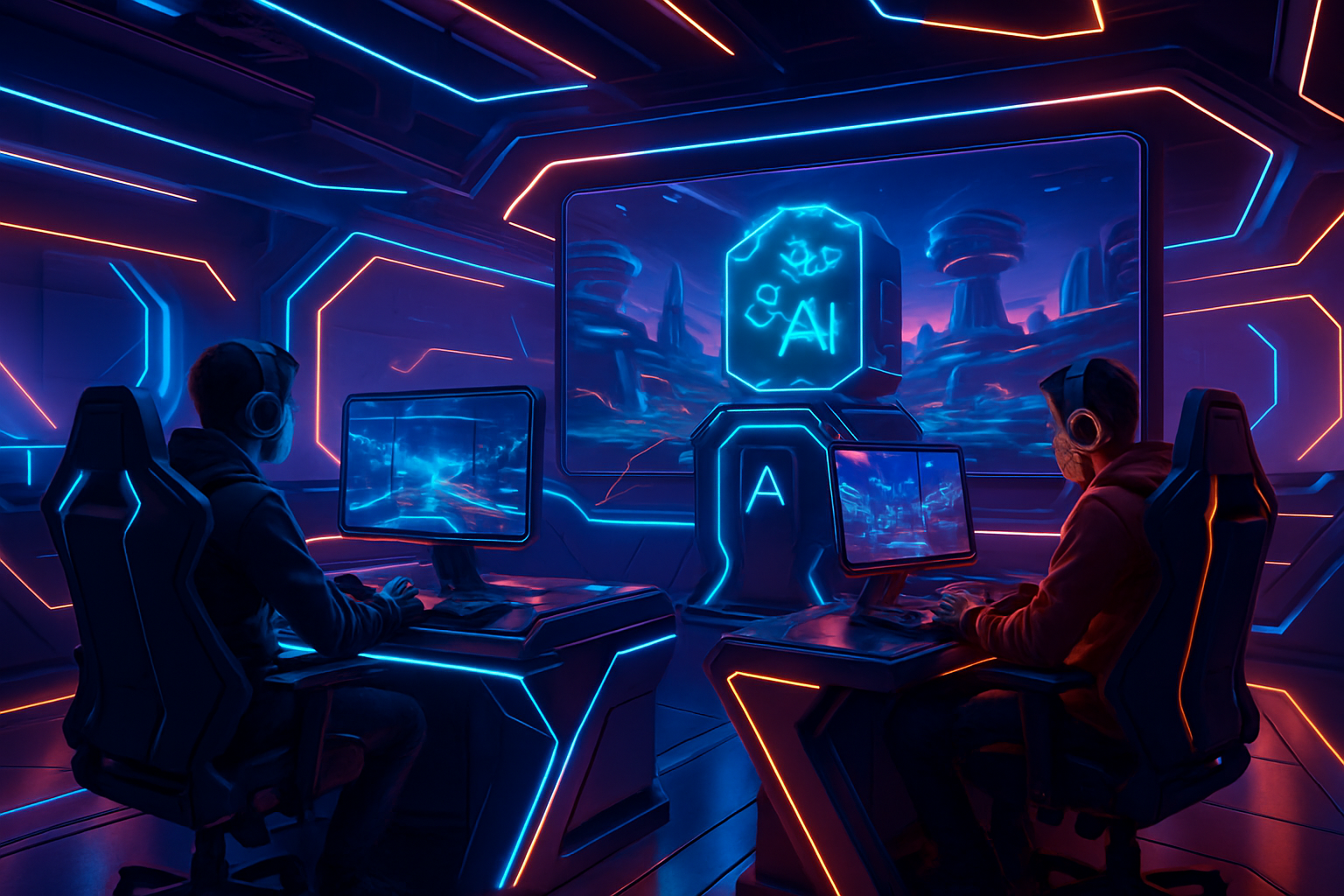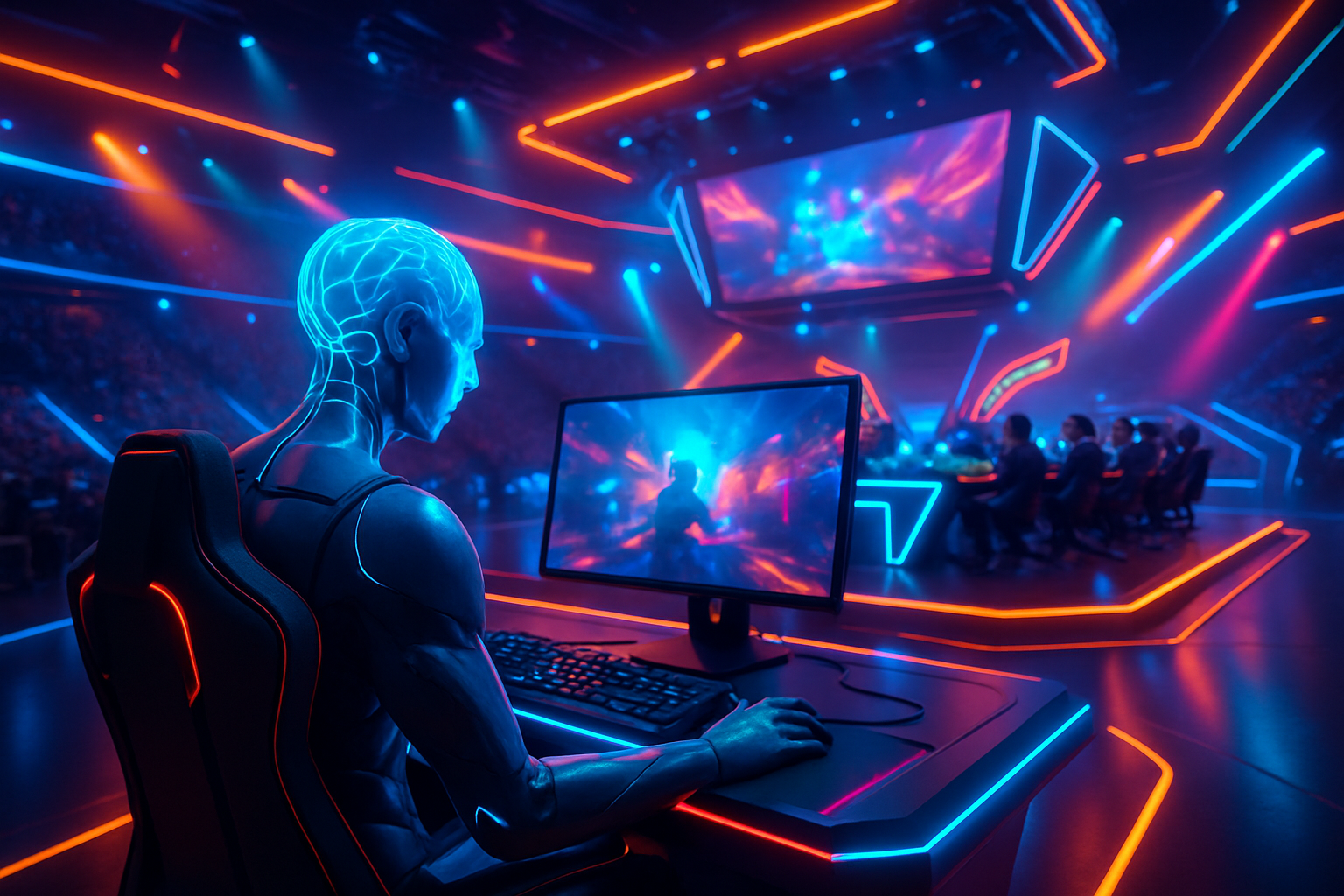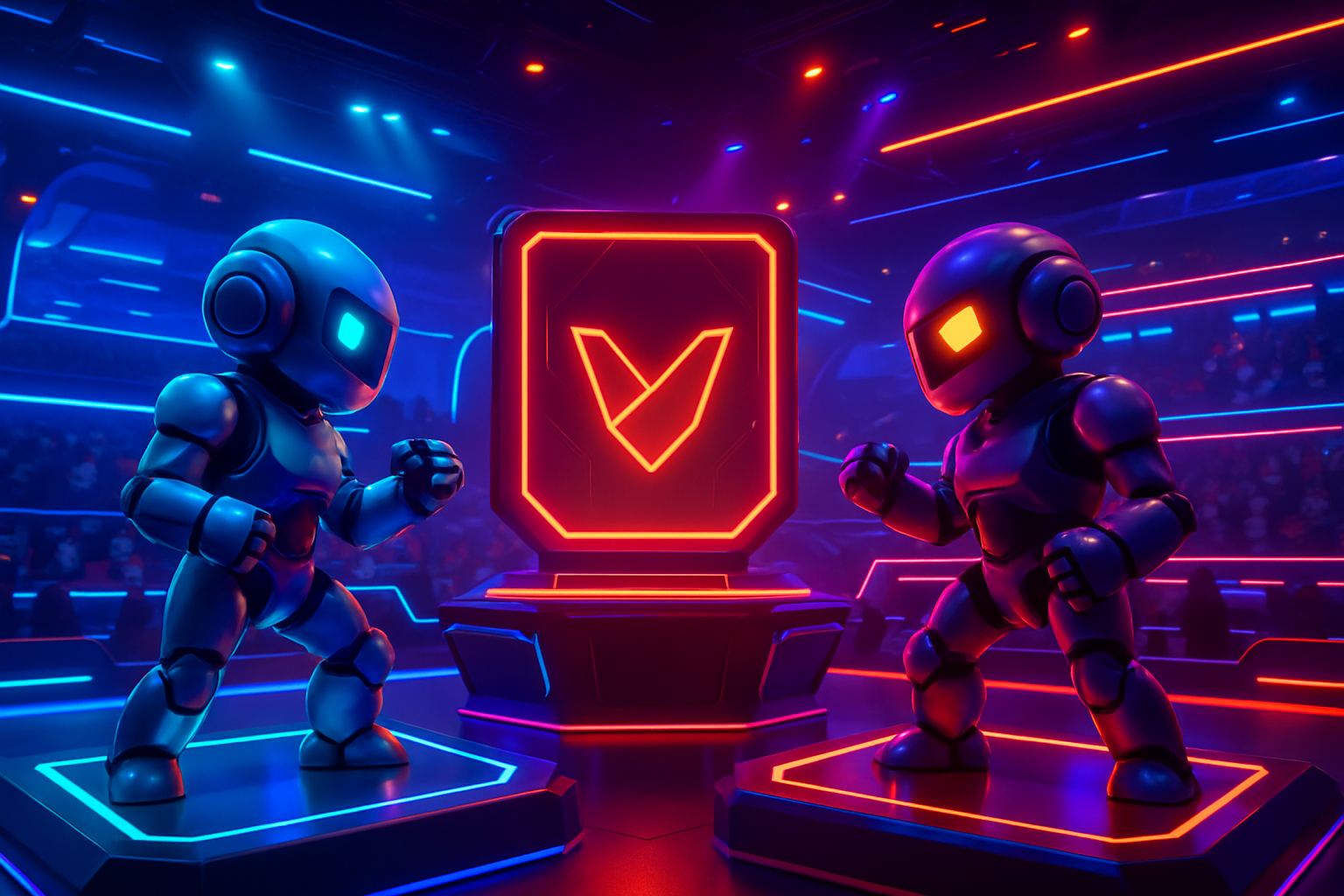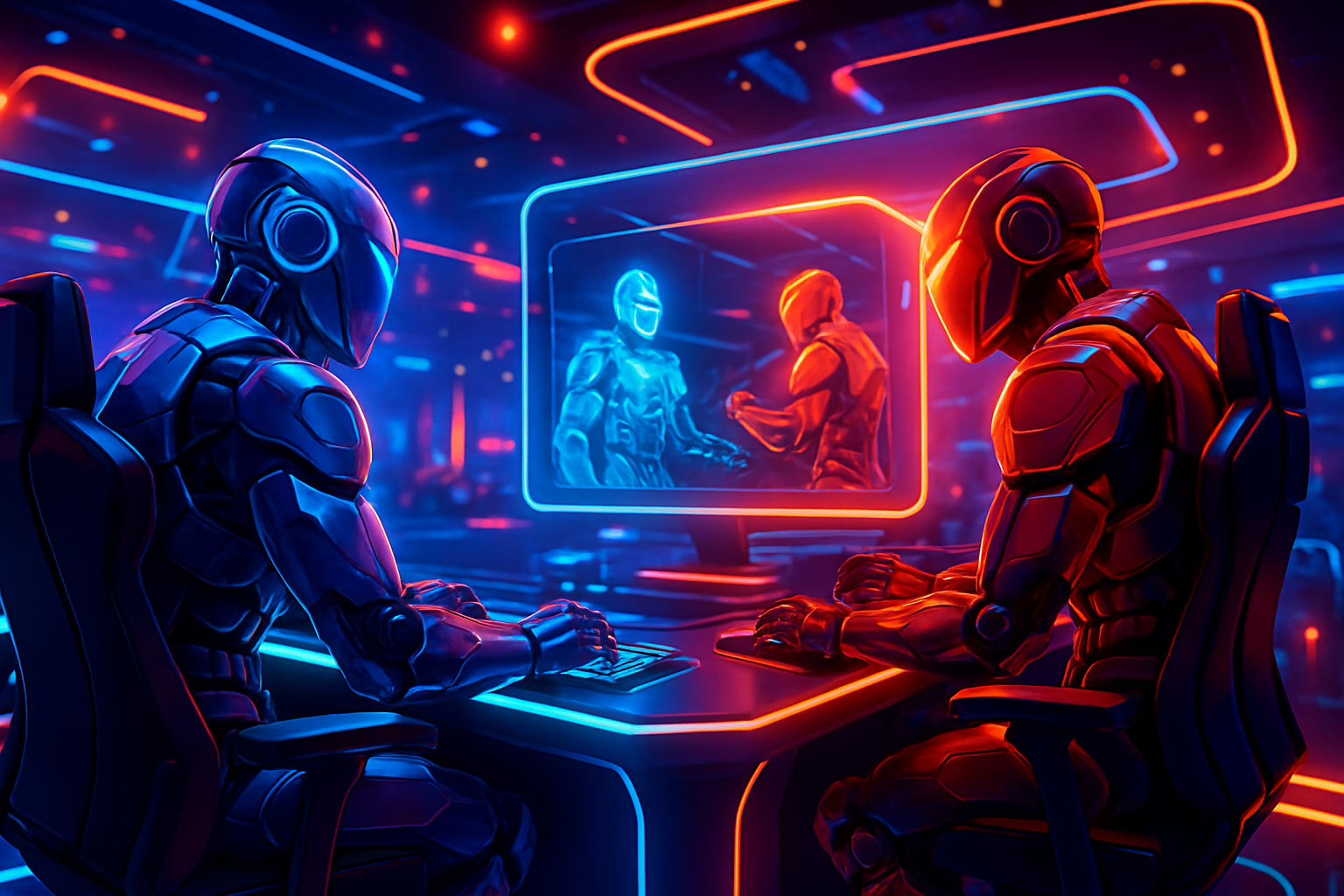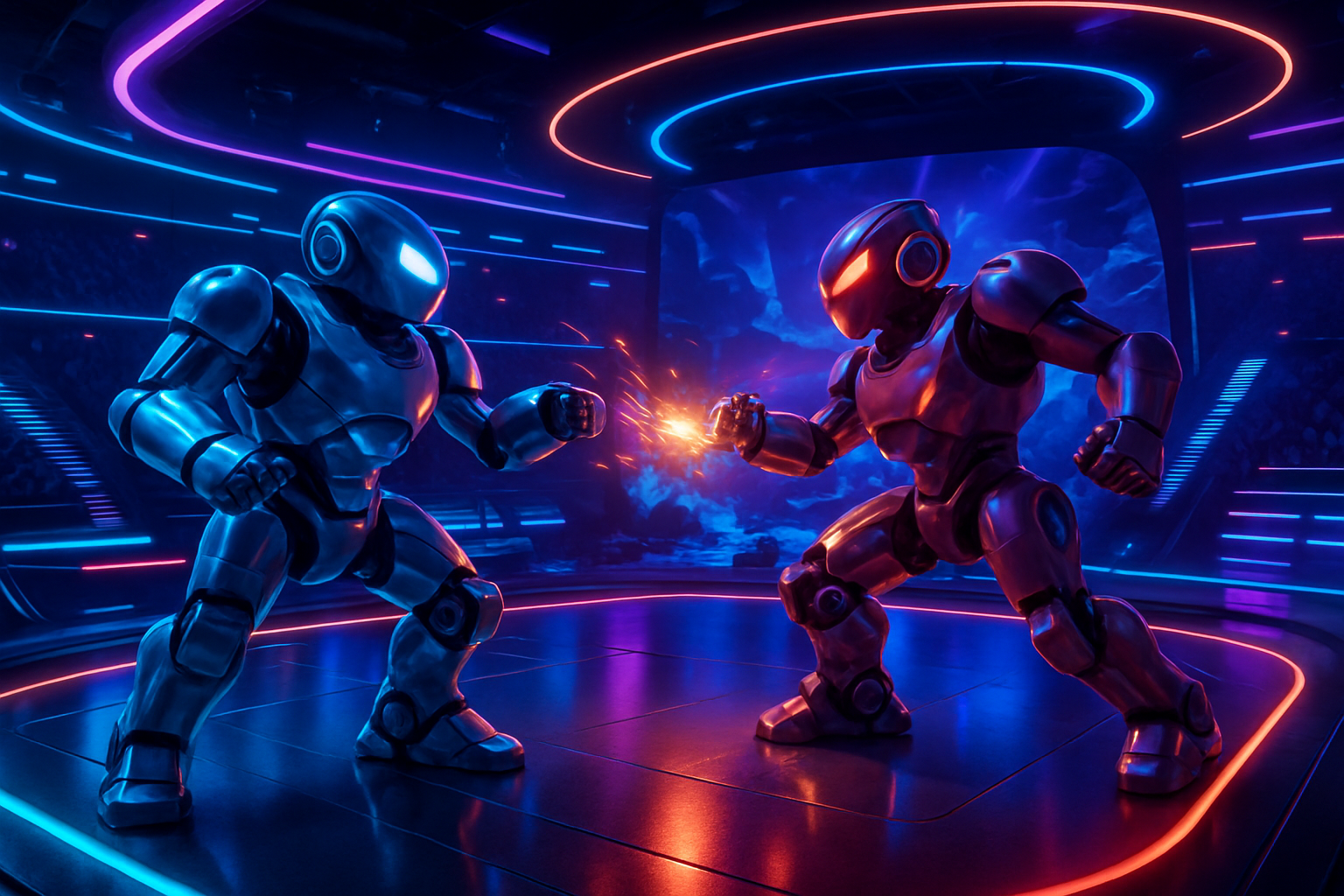
Artificial intelligence bots have become the backbone of today’s most competitive and immersive gaming experiences. In real-time arenas, these AI agents are not just placeholders or training dummies – they are strategic adversaries, evolving with every match and pushing the boundaries of what’s possible in digital competition. The rise of AI bots in real-time arenas is transforming both how games are played and how players prepare for battle.

The Strategic Engine: Reinforcement Learning and Neural Networks
At the core of modern AI gaming strategies lies reinforcement learning. This is not your old-school scripted bot behavior. Instead, AI agents learn through countless simulated matches, receiving rewards for actions that advance their objectives. Take OpenAI Five, which dominated Dota 2 by playing against itself millions of times to discover subtle teamfight tactics and resource allocations. Similarly, DeepMind’s AlphaStar achieved Grandmaster rank in StarCraft II by blending deep reinforcement learning with analysis of human replays – a testament to how AI battle technology can adapt to complex, unpredictable environments (OpenAI Five, AlphaStar).
This approach enables bots to not only execute precise micro-movements but also develop macro-level strategies that rival top human competitors. The result? Tournaments where AI participants are no longer easy targets but formidable contenders.
Opponent Modeling: Outsmarting Human and AI Rivals
The next leap in competitive AI gaming comes from opponent modeling – the ability for bots to study their adversaries’ patterns and adjust on the fly. In events like the Fighting Game AI Competition, researchers supercharged algorithms such as Rolling Horizon Evolution with opponent model learning. This allowed bots to recognize if their foe favored aggressive rushdowns or defensive zoning, then pivot their own tactics accordingly (source). Such adaptability means matches remain fresh and challenging, even after hundreds of games.
This level of dynamic adaptation is what separates today’s best AI from yesterday’s predictable scripts – it’s about reading, reacting, and evolving in real time.
Dynamism Through Procedural Content Generation
No two matches should ever feel the same – that’s where procedural content generation comes into play. By leveraging advanced algorithms, game environments can morph between rounds: map layouts change, item spawns vary, and objectives shift unpredictably (source). For AI bots, this constant flux means they must perpetually reassess their strategies instead of relying on rote memorization.
Top 5 Ways Procedural Content Keeps Arenas Unpredictable
-
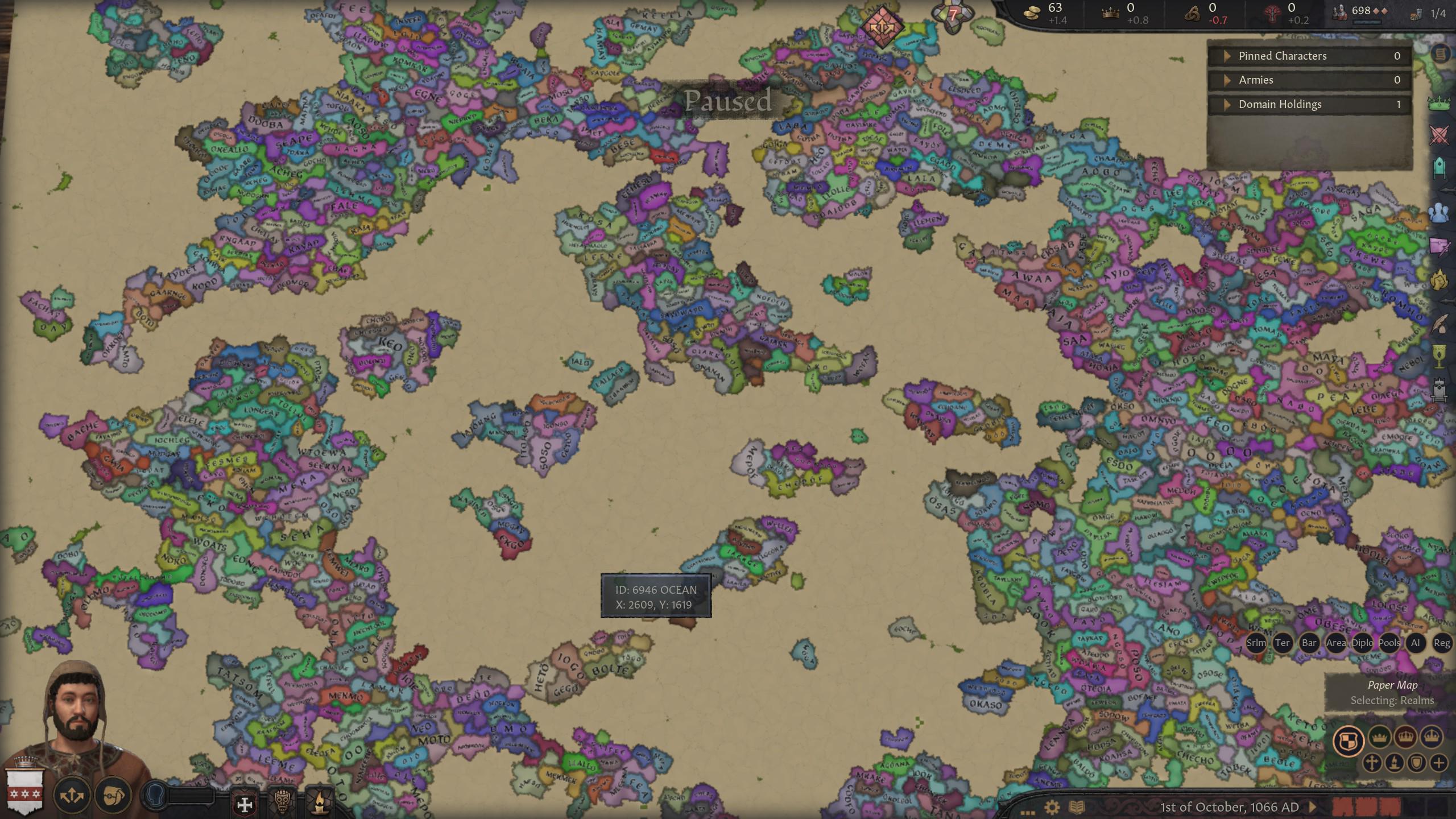
Dynamic Map Generation: Procedural algorithms create unique maps for every match, ensuring that players and AI bots encounter new layouts and obstacles each time, which prevents memorization and repetitive strategies.
-
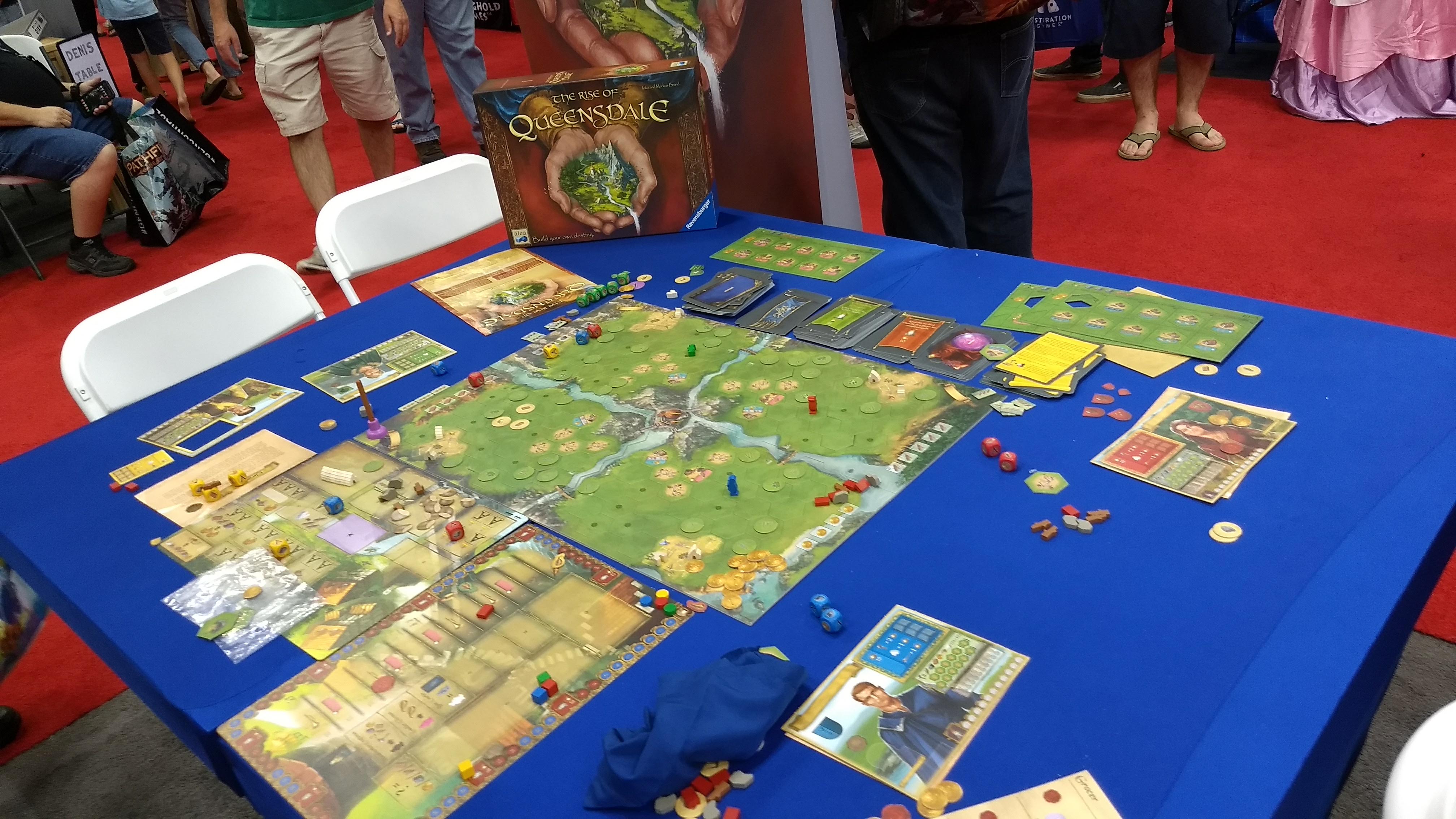
Randomized Resource Placement: By shuffling the locations of power-ups, weapons, and resources on each playthrough, procedural generation forces competitors to adapt their strategies in real time, keeping matches fresh and unpredictable.
-
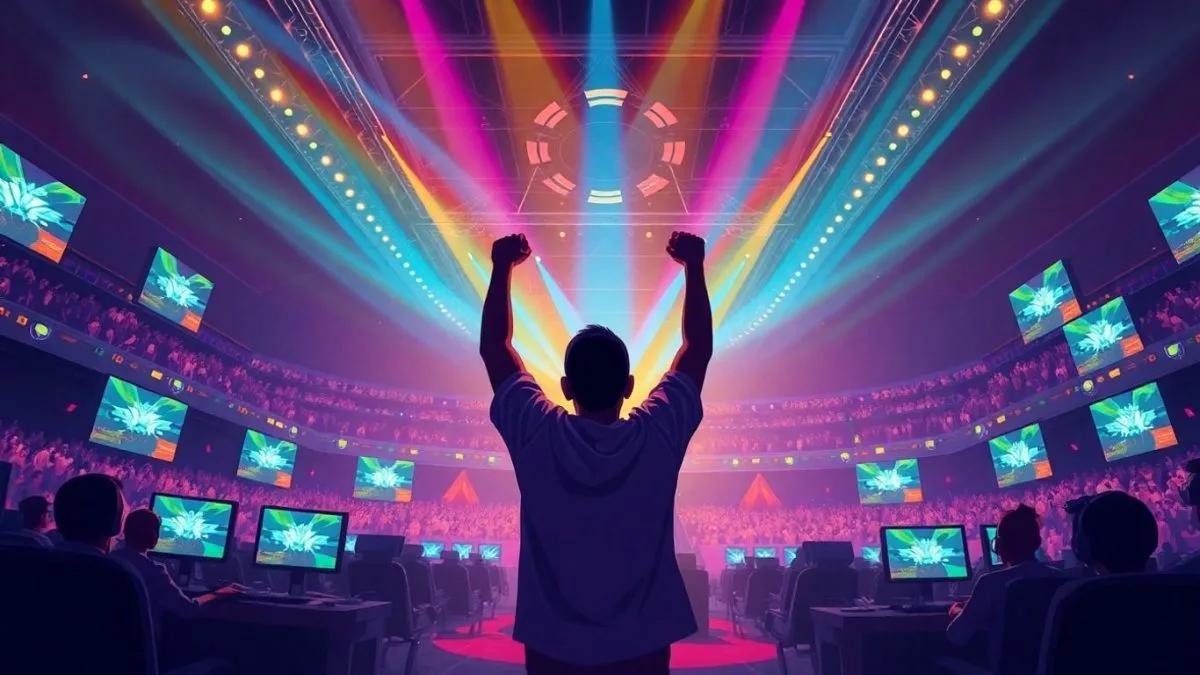
Variable Environmental Hazards: Procedural content introduces changing hazards like traps, weather, or terrain shifts, which can alter the flow of battle and require quick strategic adjustments from both AI bots and human players.
-
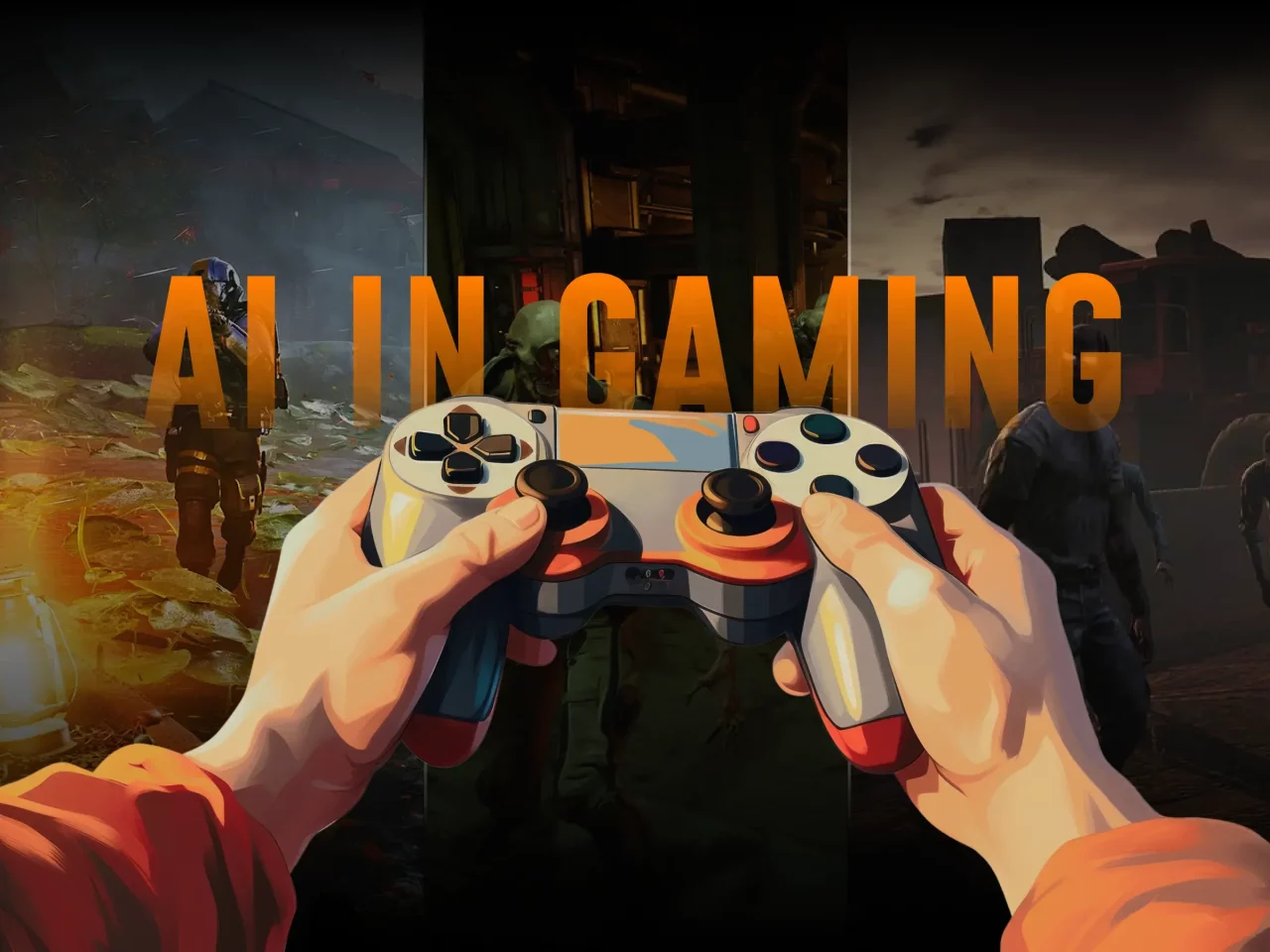
Adaptive AI Opponent Behaviors: Advanced procedural systems allow AI bots to modify their tactics on the fly, learning from player actions and introducing new challenges, making it difficult for opponents to rely on a single winning approach.
-
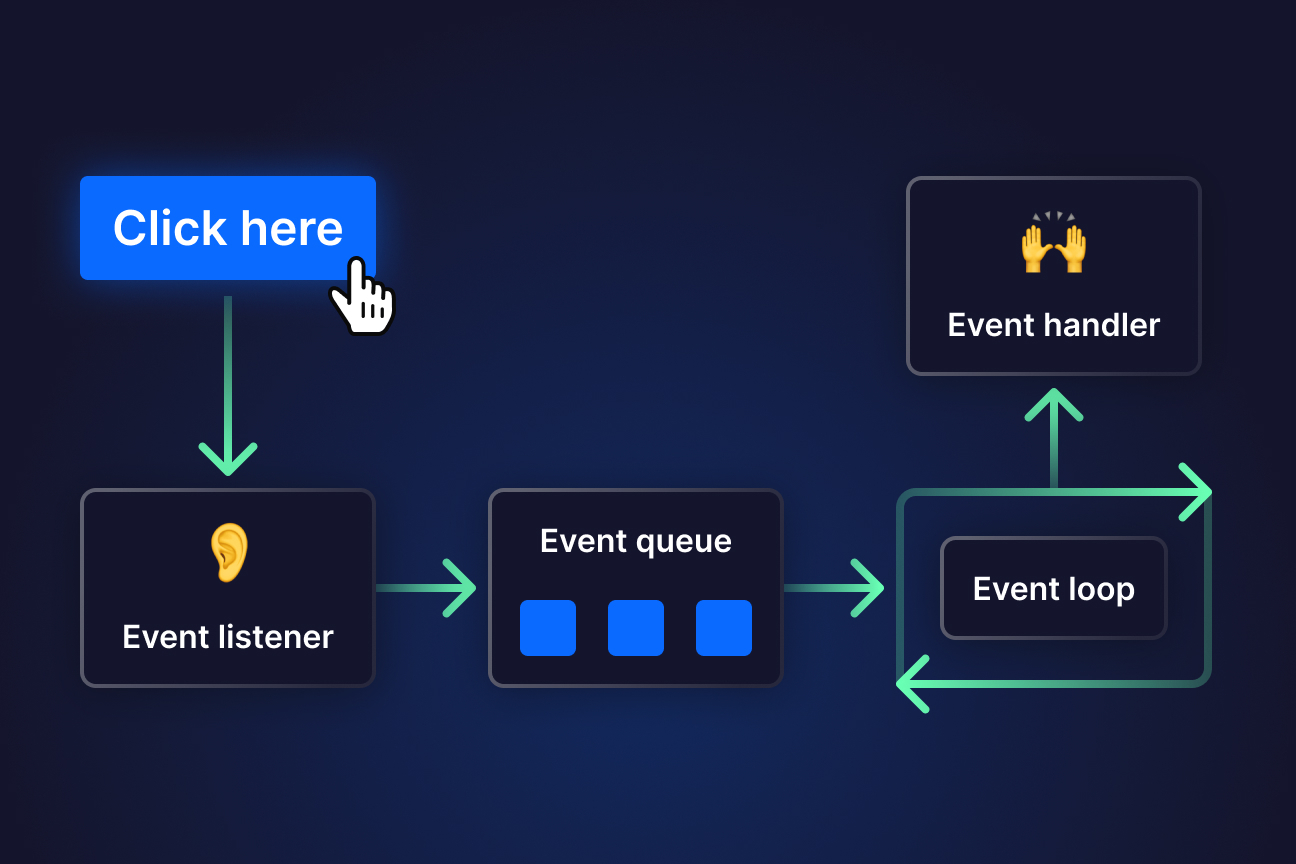
Unpredictable Event Triggers: Procedural event systems can spawn surprise objectives or challenges mid-match, such as sudden boss fights or team-based goals, demanding instant teamwork and strategy shifts.
This isn’t just about keeping players engaged; it’s about forcing both humans and AIs to demonstrate true mastery over adaptable tactics rather than exploiting static patterns.
Mimicking Human Behavior: Imitation Learning Takes Center Stage
The most thrilling battles happen when you can’t tell if you’re facing a bot or a person. Through imitation learning – where AIs analyze thousands of hours of expert gameplay – bots now move, aim, and strategize with uncanny human-like intuition (source). In tactical shooters especially, this creates tension-filled encounters that mirror high-stakes esports showdowns.
Imitation learning also raises the skill ceiling for AI bots, enabling them to bluff, bait, and even feint in ways that would fool seasoned competitors. This is a game-changer for both solo players seeking authentic practice and teams looking to train against bots that replicate top-tier tactics. The ability of AI to seamlessly blend into human lobbies elevates the entire arena, every match becomes a proving ground where only the most adaptable will thrive.
Real-Time Decision Making and Resource Management
What truly sets arena-ready bots apart is their proficiency in real-time decision making. In games like StarCraft II, split-second choices about unit production, resource allocation, and battlefield positioning can determine victory or defeat. AI agents leverage macro action selection frameworks powered by deep reinforcement learning to orchestrate these decisions efficiently (source). This means bots are not just reacting, they’re anticipating opponent moves, planning several steps ahead, and dynamically shifting strategies as new information emerges on the digital battlefield.
The best part? These advancements aren’t locked behind closed doors. Many competitive games now allow players to spectate bot-vs-bot matches or even pit their own custom AIs against others in public tournaments. This transparency fuels a cycle of innovation: developers continuously refine algorithms while players learn from observing the highest levels of automated play.
Top Ways AI Elevates Player Experience Beyond Competition
-
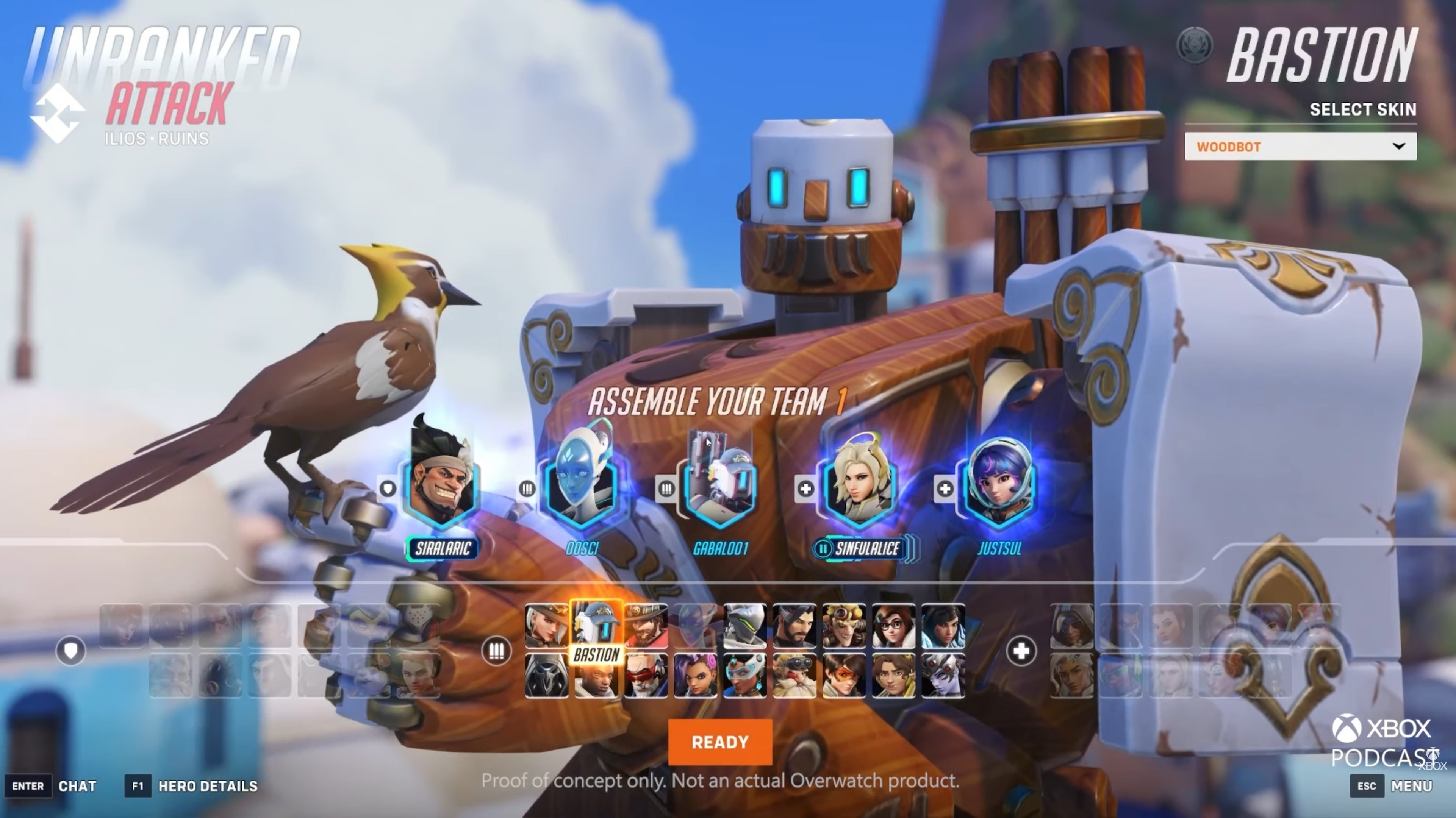
Real-Time Coaching with Microsoft Gaming Copilot: Microsoft’s Gaming Copilot delivers instant, in-game guidance by analyzing gameplay, suggesting strategies, and assisting with achievements—empowering players to improve without leaving the action.
-
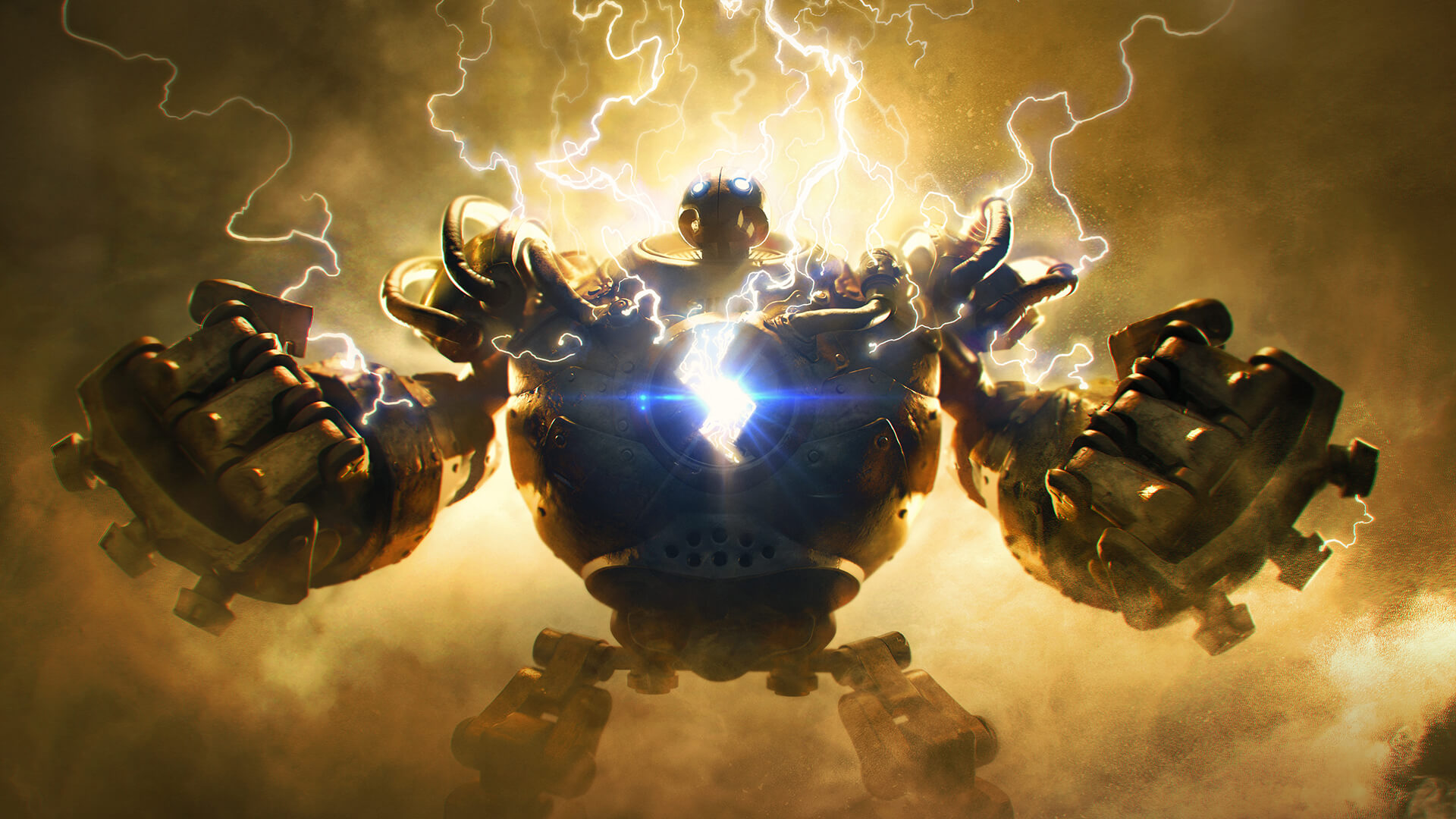
Personalized Training Bots in Riot Games: Riot Games leverages AI-powered bots that adapt to individual skill levels, offering tailored practice scenarios in games like League of Legends to help players master mechanics and strategies at their own pace.
-
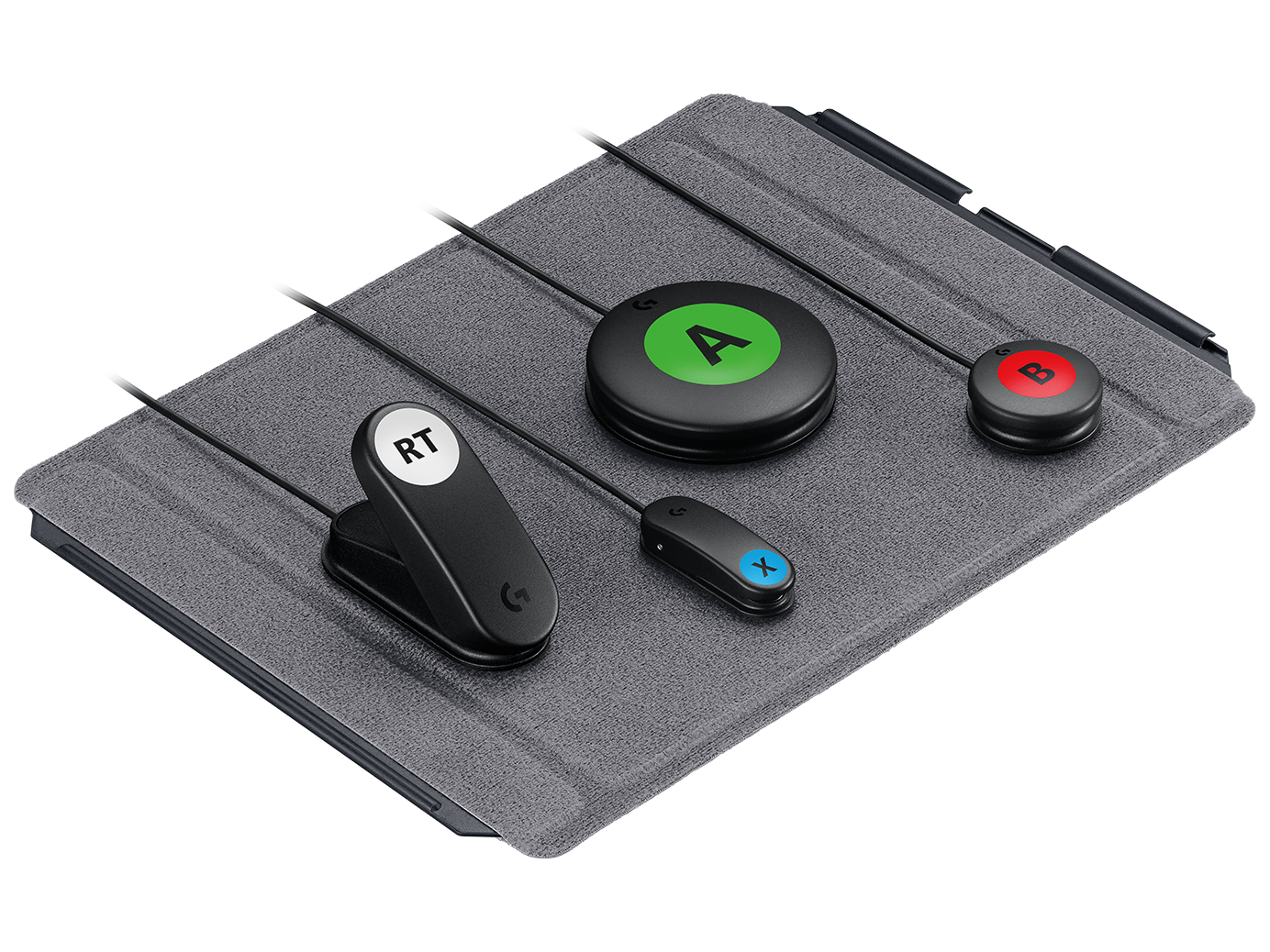
AI-Driven Accessibility Features in Xbox Adaptive Controller: Xbox Adaptive Controller uses AI to customize control schemes and input methods, making games more accessible for players with disabilities and ensuring everyone can participate fully.
-
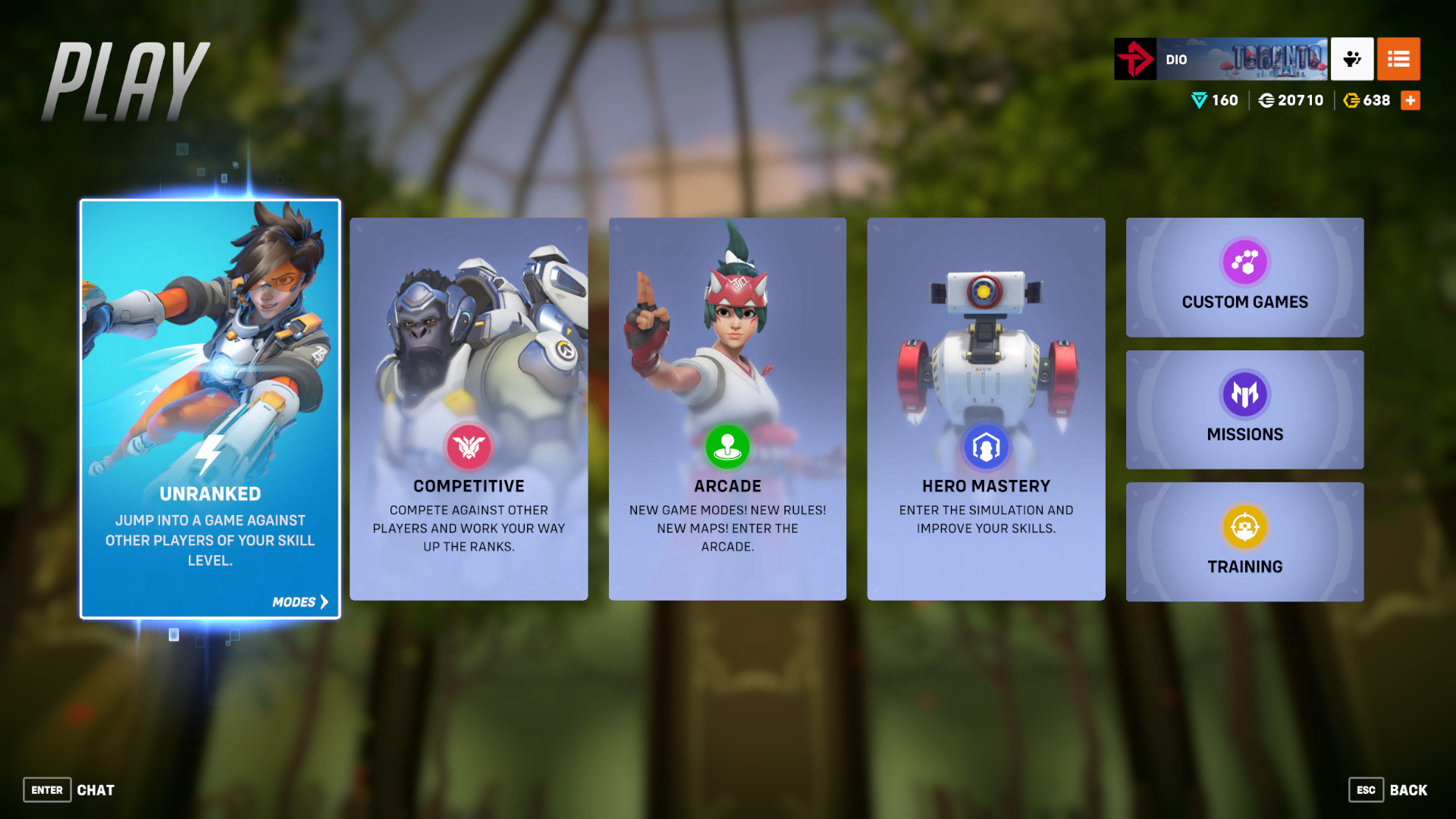
Smart Matchmaking with Blizzard’s Overwatch 2: Overwatch 2 employs AI-driven matchmaking bots that fill empty slots and balance teams, ensuring fast, fair, and engaging matches even during off-peak hours.
-
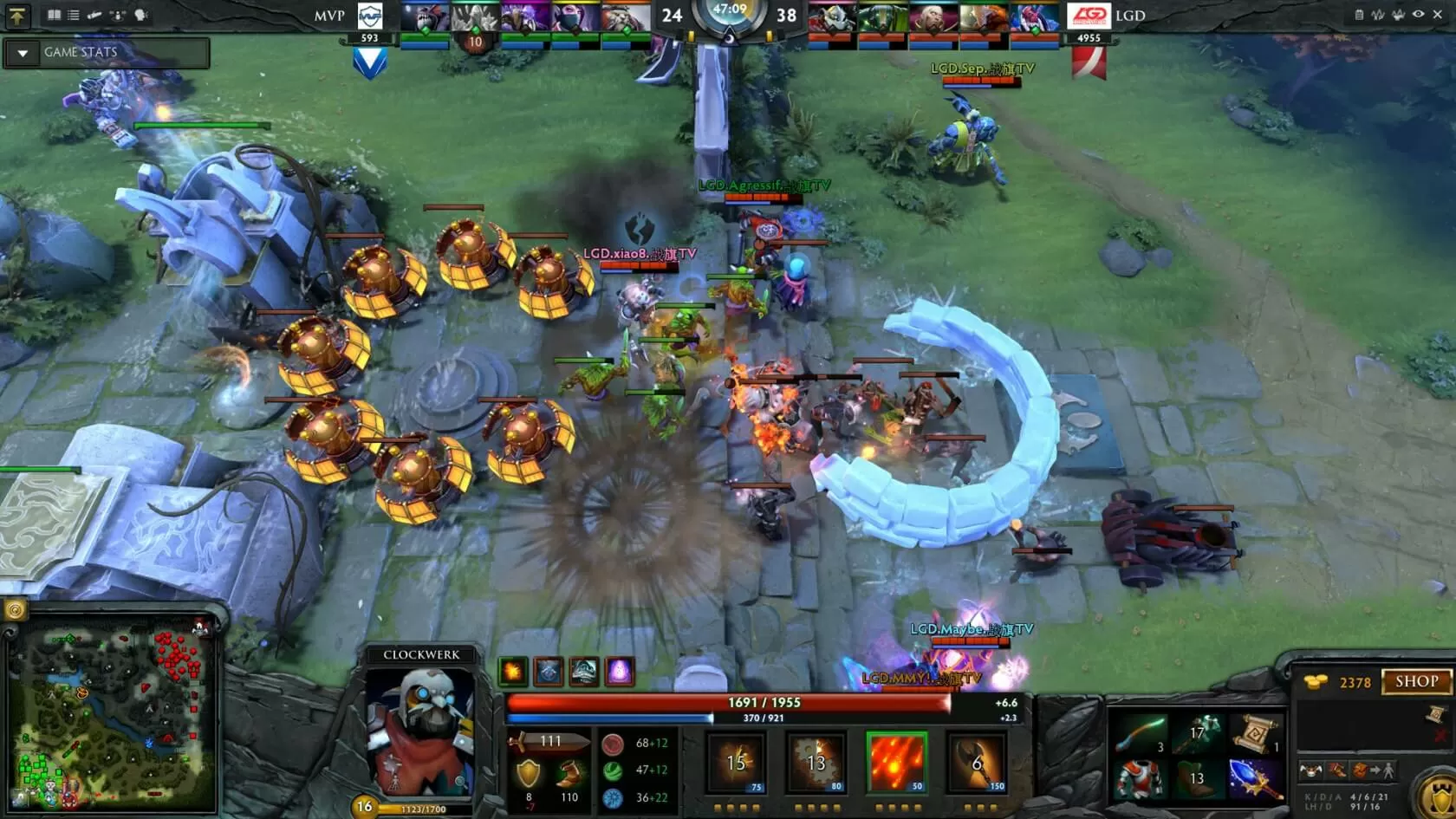
Dynamic Practice Opponents with OpenAI Five: OpenAI Five provides human-like, adaptive training partners in Dota 2, allowing players and teams to practice against bots that learn and evolve, simulating real tournament conditions.
The Future: Evolving Metas and Uncharted Frontiers
The rapid evolution of AI battle technology signals a future where every match is a clash of wits between human creativity and machine precision. As procedural generation techniques become more sophisticated and imitation learning datasets expand, expect arena metas to shift at unprecedented speeds, challenging both developers and competitors to stay ahead of the curve.
For those passionate about competitive gaming or curious about the next leap in digital entertainment, there’s never been a more exciting time to engage with AI bots in real-time arenas. Whether you’re coding your own challenger or studying replays from the latest tournaments, every interaction helps shape this bold new world, where strategy is limitless and every battle writes its own story.
